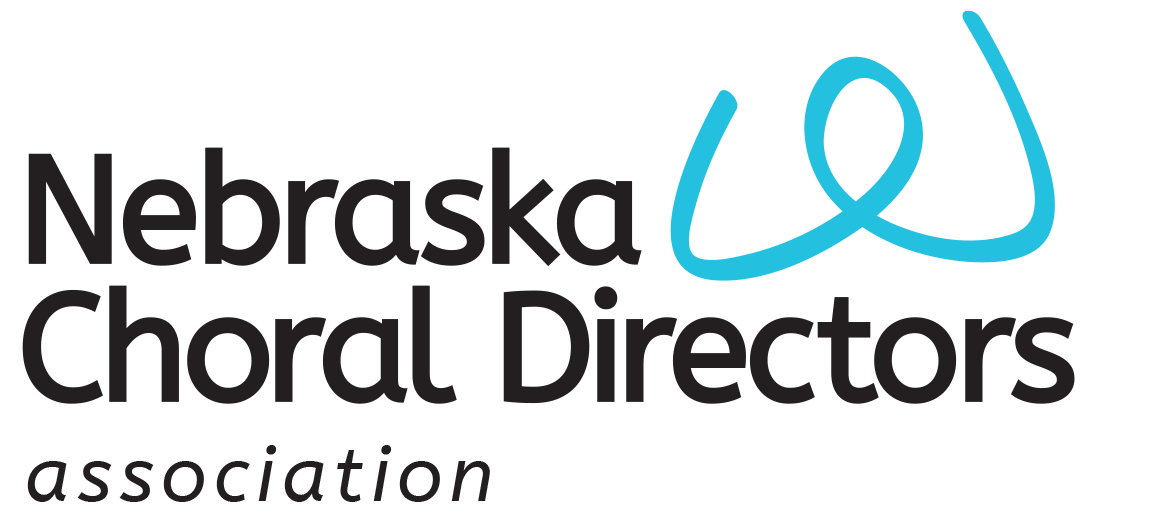Watching the faces of our singers as choral repertoire becomes part of them is one of the great joys of being a conductor. The integration of musical meaning and human understanding can only occur if we provide participants with quality repertoire that is developmentally appropriate. Selecting the appropriate repertoire for an ensemble to support effective study and meaningful performance is one of the most important jobs of a music educator. Before selecting repertoire, you must know where your students are musically and where you would like for them to be after the performance. In this blog post, I’ll approach the task of choosing choral music for children by considering several different factors.
- When perusing new repertoire, mark important concepts such as minor key and dotted-eighth patterns on the cover so that you can quickly identify songs that incorporate concepts you wish to teach. Keep a file of these marked single copies of the songs that are in your library and those you brought back from conventions, etc.
- Look for music that is appropriate in range. Look for melodic lines that do not have large leaps in intervals. Folksongs are great to use, because they are music of the people designed to be sung easily. If the piece does not fit your singers’ voices, don’t use it.
- Begin with unison pieces and follow the skill building sequence for singing harmony. An important skill for inexperienced choral groups is developing independence so students can maintain multiple voice parts and sing harmony as well as singing in unison. The developmental sequence for this skill involves ten steps (Bowers, 2008), accomplished in a sequential fashion.
- Sing a melody
- Add an ostinato (rhythmic, melodic)
- Use partner songs
- Add a descant
- Sing chord roots, then add vocal chording
- Sing phrases or sections of a round
- Sing rounds and canons
- Sing transitional pieces (music containing 1-6 elements from above appear in the score)
- Sing 2-4 part homophonic music
- Sing through each part to determine if the voice leading makes sense. Don’t judge a song simply by the melody. Look for interesting and accessible rhythms. Check to see if the harmony parts change when words or sections are repeated – this could affect ease of memorization.
- Form – The clearer the form, the more accessible it is for children. Pieces are easily taught and remembered if they are divided into easily discernible large sections with regular phrase lengths. Consistent themes and motives throughout a piece will make it easier for children to learn and remember accurately.
- Read through the text. Use texts rich in emotional meaning or historic and cultural insights. This can help children widen their understanding of others and of themselves. Use texts in foreign languages. Children can better understand our global culture, while mastering new vowel and consonant sounds. Be aware of the percentage of foreign text in relation to your choir’s experience.
Finding great repertoire is an ongoing task. Attending reading sessions, concerts, looking at composer and publishers’ websites, asking colleagues, playing through music currently in your library, and keeping copies of concert programs to investigate interesting selections are all part of the process.
Perhaps the single most important factor in determining positive choral experiences for children is repertoire selection. Each concert’s pieces contain the potential for vocal development, increased conceptual understanding in music, and insights into the music-making experiences of other cultures and historical periods. Choral singing can start the beginning of a lifetime curiosity and desire to participate in the choral experience.
—
Bowers, J. (2008). Building Early Choral Music Experiences, The Middle School Choral Program. In Holt, M. and Jordan, J. The School Music Program: Philosophy, Planning, Organizing, and Teaching. Chicago: GIA Publications, Inc.
